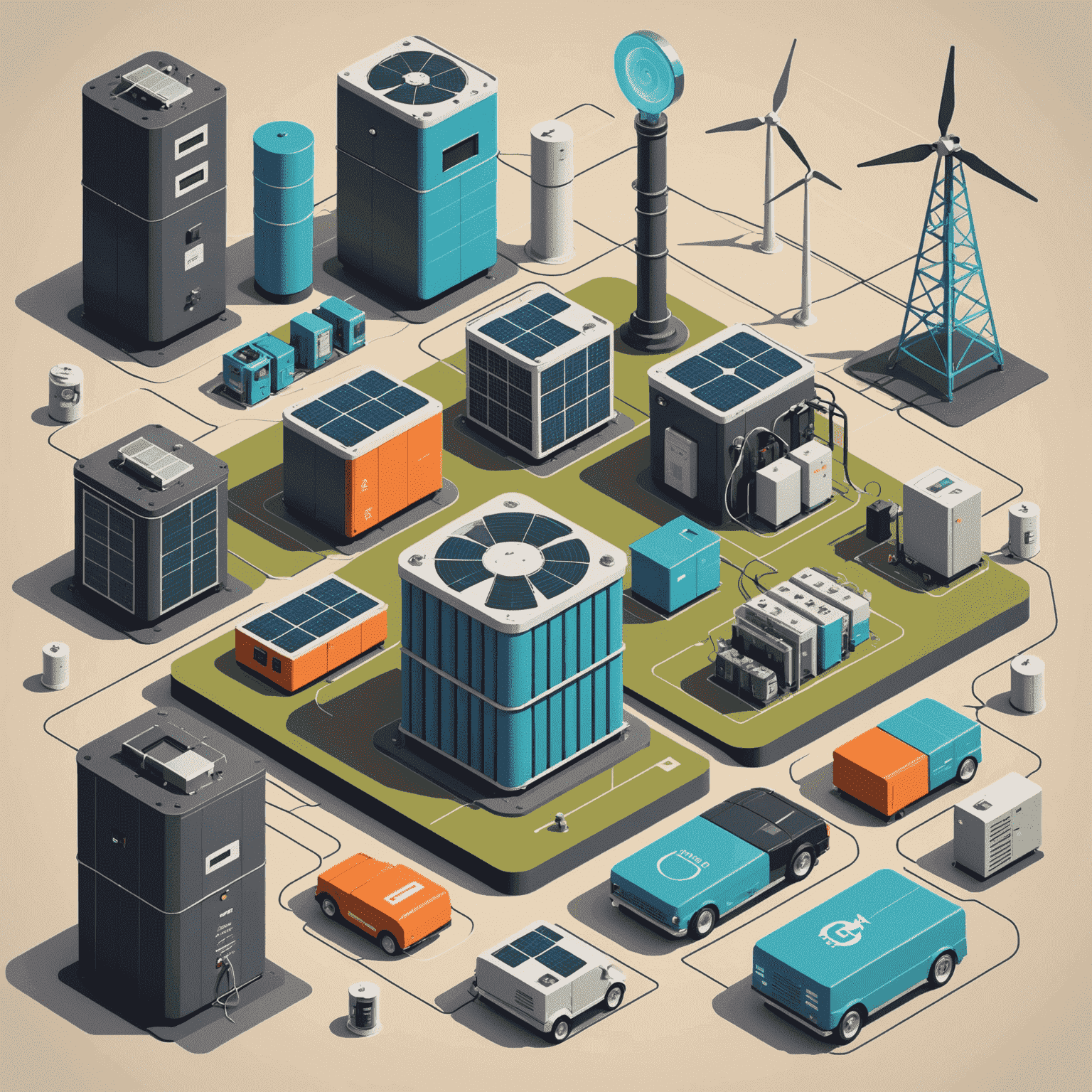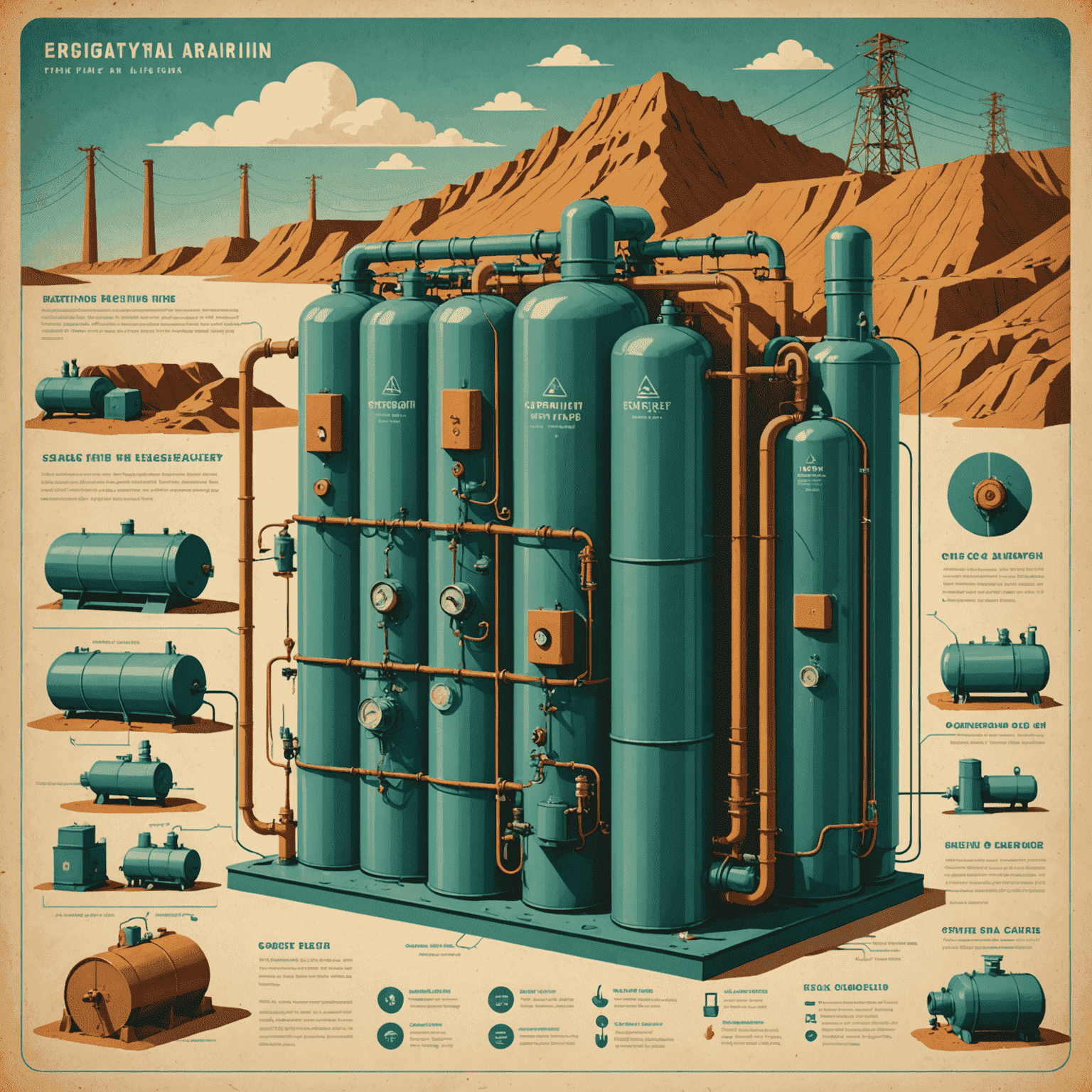Energy Storage Solutions: Powering the Smart Grid

In the realm of smart grid technology, energy storage solutions play a pivotal role in optimizing power efficiency and management. Let's explore the various technologies that are revolutionizing how we store and utilize energy in our increasingly connected power systems.
Battery Energy Storage Systems (BESS)
At the forefront of energy storage solutions are advanced battery systems. These powerhouses of energy management come in various forms:
- Lithium-ion batteries: Known for their high energy density and efficiency
- Flow batteries: Ideal for long-duration energy storage
- Sodium-sulfur batteries: Excellent for grid-scale applications
Pumped Hydro Storage
This time-tested technology remains a cornerstone of large-scale energy storage. By pumping water to higher elevations during low-demand periods and releasing it through turbines during peak times, pumped hydro storage offers a reliable and efficient method of energy management.

Flywheel Energy Storage
Flywheels store kinetic energy by spinning a rotor at high speeds. This technology excels in providing short-term power quality improvements and frequency regulation in smart grid systems.
Thermal Energy Storage
From molten salt in concentrated solar power plants to ice storage for cooling systems, thermal energy storage offers diverse solutions for balancing energy supply and demand in smart grids.
Compressed Air Energy Storage (CAES)
CAES systems compress air and store it in underground caverns or tanks. When energy is needed, the compressed air is released to drive turbines, providing a unique form of large-scale energy storage.

The Future of Energy Storage in Smart Grids
As we continue to innovate in the field of energy storage, new technologies are emerging that promise even greater efficiency and sustainability:
- Solid-state batteries with higher energy density and improved safety
- Hydrogen storage systems for long-term, seasonal energy storage
- Advanced supercapacitors for rapid charge and discharge capabilities
These diverse energy storage solutions are the backbone of modern smart grid technology, enabling unprecedented levels of power efficiency and energy management. As we continue to refine and integrate these technologies, we move closer to a future of optimized, sustainable energy use that benefits both consumers and the environment.